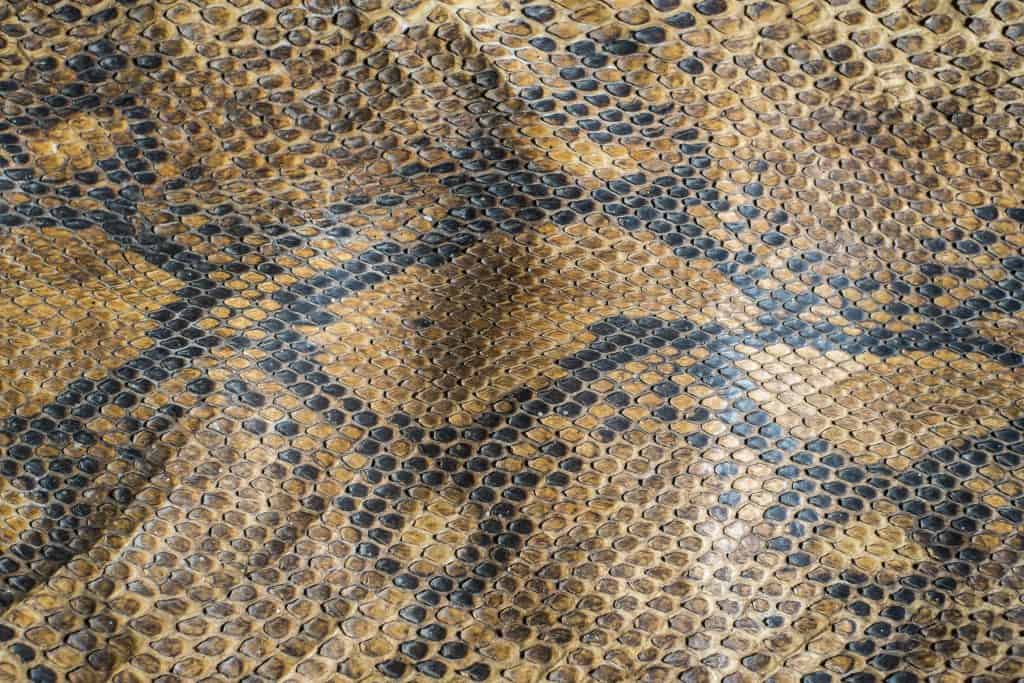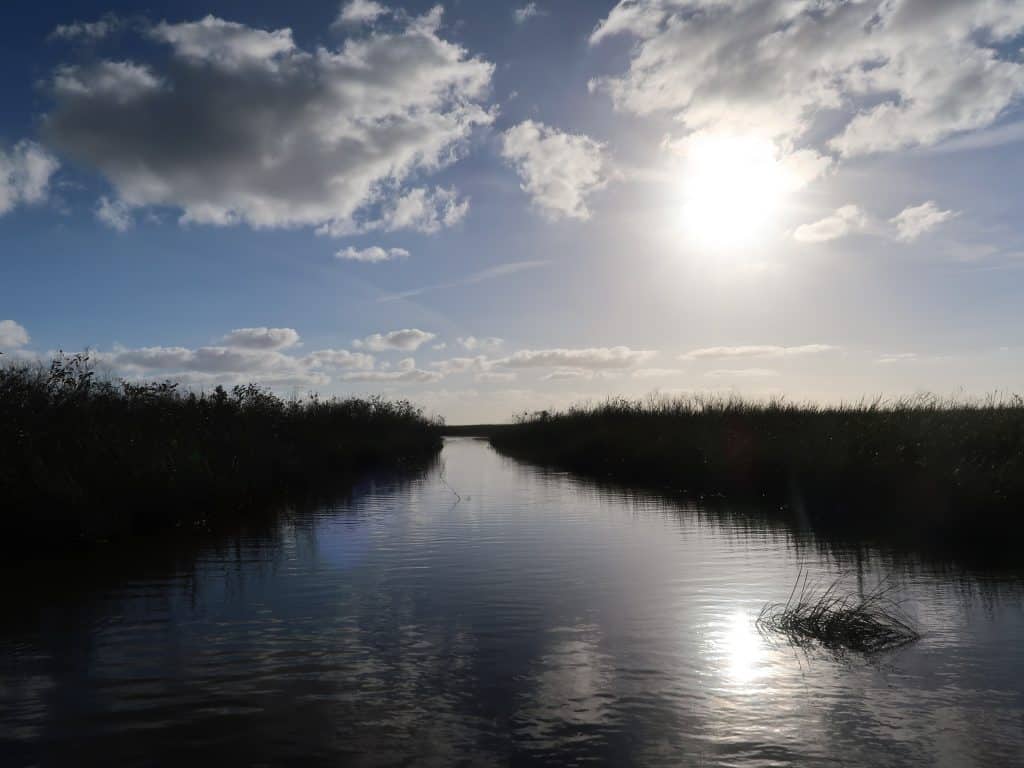Everglades National Park is a unique and vast ecosystem located in south Florida. It is home to a diverse array of wildlife, including many fascinating reptiles. From alligators to snakes, these scaled creatures are an important part of the park’s ecosystem and a sight to behold for visitors!
We will share some of the most fascinating reptiles of Everglades National Park, including where to see them and some interesting facts about each species.
Alligators
No visit to Everglades National Park would be complete without seeing an alligator. These magnificent creatures can be found throughout the park, but the best places to spot them are in the freshwater marshes and along the park’s many waterways.
One park activity that guarantees viewing access to these creatures is walking the Anhinga Trail at Royal Palm’s Ernest F. Coe Visitor Center. Much of it is boardwalk, and the density of alligators makes you feel like you are walking through a zoo.

Alligators are the largest reptile found in North America and can grow up to 14 feet in length. They are carnivorous and feed on fish, birds, and mammals.
Visitors to the park should exercise caution when viewing alligators. Never approach them. It is also important to follow park regulations and never feed the alligators.
Crocodiles
Another large reptile that calls Everglades National Park home is the American crocodile. While similar in appearance to alligators, crocodiles have a longer and narrower snout. They can be found in the park’s mangrove swamps and estuaries, as well as in the Florida Bay and Gulf of Mexico waters surrounding the park.
Crocodiles are a threatened species and are more rare than alligators in the park. They are primarily found in the southern portion of the park, and they can sometimes be seen basking in the sun along the park’s waterways. Unlike aligators, crocodiles prefer salt water. On our last visit to the Everglades National Park, we saw crocodiles at the marina.
Snakes
Everglades National Park is also home to a wide variety of snakes. Some of the most commonly seen snakes in the park include the Eastern diamondback rattlesnake, the Florida cottonmouth, and the Eastern coral snake.

The Eastern diamondback rattlesnake is the largest venomous snake found in North America and can be found in the pine rocklands and coastal prairies of the park.
The Florida cottonmouth, also known as the water moccasin, can be found in the park’s freshwater marshes and along the edges of waterways.
The Eastern coral snake is one of the most venomous snakes found in North America but is rarely encountered due to its secretive nature.
Everglades National Park is also home to an invasive species – the Burmese python. These snakes are not native to the area but were introduced in the 1980s, likely through the pet trade. Since then, they have become a significant problem in the park, preying on native species and disrupting the delicate balance of the ecosystem.
While efforts have been made to control their population, the pythons remain a threat to the park’s wildlife. As of this writing, the Burmese python is the only snake species our family has seen when visiting the area.
Visitors are advised to stay on designated trails and report any sightings of these snakes to park officials.
Lizards
In addition to alligators, crocodiles, and snakes, Everglades National Park is also home to many different species of lizards. Some of the most commonly seen lizards in the park include the green anole, the brown anole, and the curly-tailed lizard.
The green anole is a small lizard that can change color from green to brown depending on its surroundings. They can be found throughout the park, especially in the trees and shrubs. The brown anole is another small lizard that is often seen around buildings and other man-made structures. The curly-tailed lizard is a larger lizard that can be found in the park’s coastal areas.
Turtles
Finally, Everglades National Park is also home to a variety of turtles, many of which are endangered or threatened. Some of the most commonly seen turtles in the park include the Florida softshell turtle, the Peninsula cooter, and the loggerhead musk turtle.
Loggerheads are the most common of the three and can be found nesting on the park’s beaches from April to September. They are named for their large head, which is adapted for crushing and eating hard-shelled prey like crabs and clams.
Green sea turtles are less common in the park but can still be spotted in the waters and seagrass beds. They are named for the greenish color of their fat and are herbivores, feeding on seagrass and algae.
Kemp’s Ridley sea turtles are the smallest and most endangered sea turtle species in the world. They are rarely seen in the park but occasionally nest on the beaches.
Everglades National Park employs a variety of measures to protect its sea turtles. One of the most important measures is monitoring and protecting sea turtle nests during the nesting season which runs from April to September. Park rangers and volunteers monitor the beaches for signs of nesting activity and mark the nests to prevent accidental destruction.
The park also works to reduce the impact of artificial lighting on sea turtles which can disorient hatchlings and lead them away from the ocean. In addition, the park works to manage predators, such as raccoons and foxes, which can threaten sea turtle nests.
Finally, the park engages in public education efforts to raise awareness about the importance of sea turtle conservation and the role visitors can play in protecting these magnificent creatures.
For more information on the threats to Everglades National Park and its ecosystems, read THIS post next.

As you explore Everglades National Park, you are sure to encounter many of the fascinating and unique reptiles that call this area home. With its mix of swamps, forests, and wetlands, the park provides a range of habitats for these creatures to thrive in. Whether you’re an avid reptile enthusiast or simply curious about the park’s wildlife, there’s plenty to discover about the reptiles of Everglades National Park.

